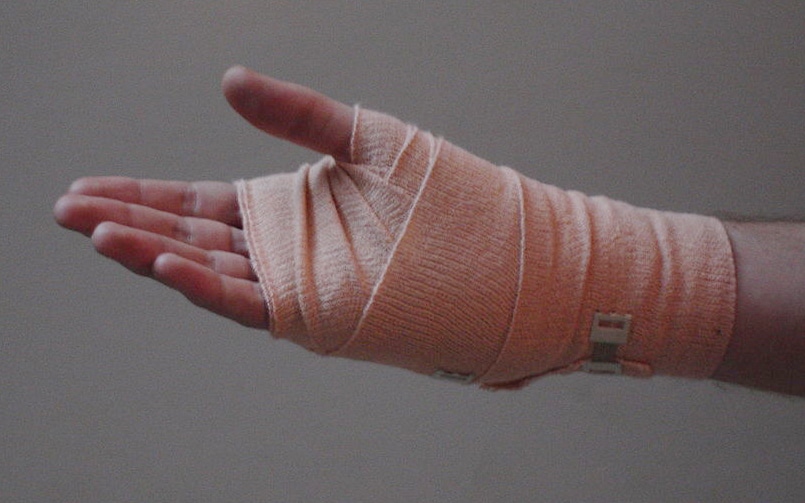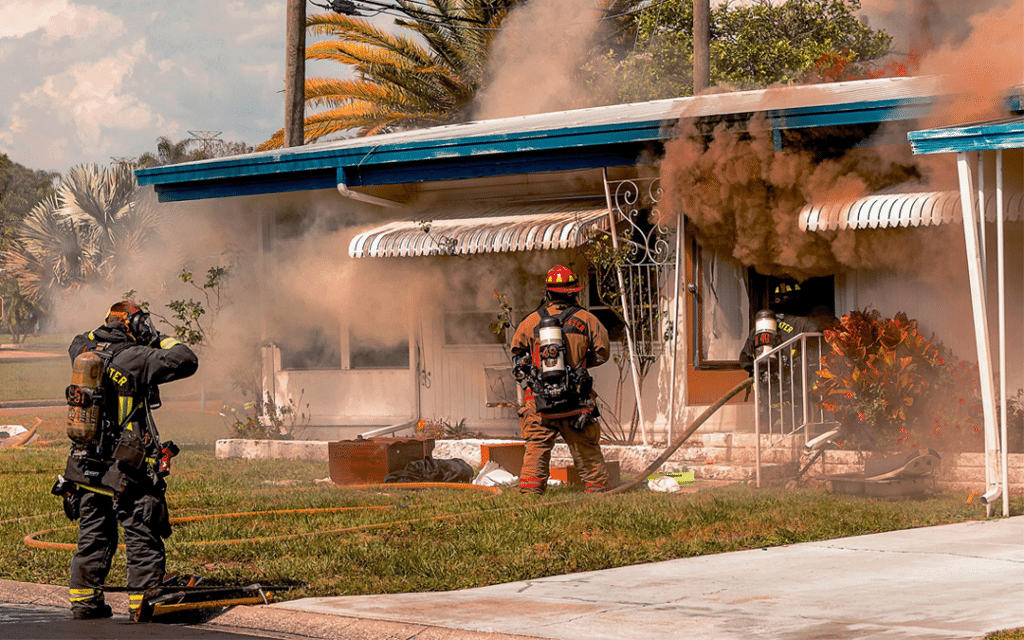By Marcus Fernandez
Taking a closer look at electrical burns and how to protect yourself seems appropriate with this year’s theme for National Burn Awareness Week being electrical safety. According to a paper published by the National Center for Biotechnology Information, as much as 5% of burns requiring medical treatment in the U.S. are caused by an electrical source. The fact that almost half a million people a year seek treatment for burn injuries means that electrical burns annually account for as many as 25,000 victims.
The good news about burns caused by electricity is that they are preventable. The following information about their causes and simple methods that can protect against electrical burns may protect you and your family from harm.
What is an Electrical Burn?
Burns caused by electricity can be serious and life threatening when an electrical current passes through your body and causes damage to internal organs. However, contact is not the only way to suffer an electrical injury. The following are the common types of electrical burns:
- Touching or coming in contact with electrical equipment and wiring.
- Arc flashes or arcing occurs when electric current travels in the air between conductors.
- Thermal contact when combustible materials in the air ignite by a spark or heat from an electric source.
1. Touching Electrical Equipment
Touching an exposed wire, a household appliance or other type of electrical equipment may cause a burn. Do not confuse a burn caused when you touch a device heated by electric current, such as a hotplate or curling iron. An electrical burn occurs when current enters your body as may occur when children put their fingers into outlets or light sockets, or it may occur when you step on a frayed extension cord when getting out of a swimming pool.
Coming into contact with a source of electricity may indirectly cause an electrical burn by igniting your clothing. It may cause a burn by igniting objects near you, like when faulty wiring in your car sets a seat on fire.
2. Electric Arc
Arcing causes burns even though you are not in direct contact with the source of the electric current. An electric current that leaves what would be its intended and safe path, may cause an arc flash or explosion as current passes through the air. An arc flash may heat the air to temperatures reaching 35,000 degrees Fahrenheit. Short circuits are common causes of arc flashes.
3. Electrical Spark Igniting Flammable Material
A spark or heat generated by electricity may cause combustible particles in the air to ignite and explode. Gases, vapors and other flammable materials that accumulate in the air can ignite and cause serious injuries. For example, a stadium in Tampa was the scene of an explosion that sent two people to the hospital. A spark apparently ignited gas where the men were working and caused an explosion.
How to Protect Against Electrical Burns
Electrical burns are preventable. Conduct regular inspections and look out for these common hazards.
- Electrical outlets. Never insert foreign objects into an outlet. For some reason, outlets hold a particular attraction to children. They may attempt to insert their little fingers or toys into the contact holes. Purchase childproof plugs that close the openings of the outlet to prevent burns.
- Light Fixtures. Never remove a bulb from a lamp or light fixture without immediately replacing it with a new one. An inquisitive child may insert fingers or objects into the open socket and be injured.
- Wet conditions. Do not use electrical appliances and equipment in or near water or wet conditions. Toasters, electric knives and other kitchen appliances should not be used or stored near sinks. There’s too big of a risk that they fall into water. When using power tools or other items that run on electricity, make certain that you are not standing in water. Also, dry your hands before use.
- Toasters. When something gets stuck in the toaster, do not reflexively reach for the nearest fork to dislodge it. Inserting any object into a toaster may cause a burn from a spark or arc flash. Unplug the toaster before trying to fix it.
- Worn electrical wiring. Frayed, cut or cracked electrical cords should be replaced immediately.
- Protect Cords. Allowing kids to play with electrical cords or put them in their mouths is dangerous. Keep all cords and wiring out of reach. Metal-clad wiring may be a good option in areas of the home, such as attics and crawl spaces. This will protect against squirrels and mice who like to chew on the protective plastic coatings, which may cause a short circuit.
Identifying hazards and taking steps to correct them can protect against electrical burns.
Compensation for Electrical Burns
When the negligence of another party creates a hazardous situation that causes you to suffer, a Tampa personal injury attorney may be of help. A consultation with an attorney can offer options for pursuing a claim for compensation. Call to speak with an experienced lawyer at Kinney, Fernandez and Boire or fill out this form to get a free case evaluation.


